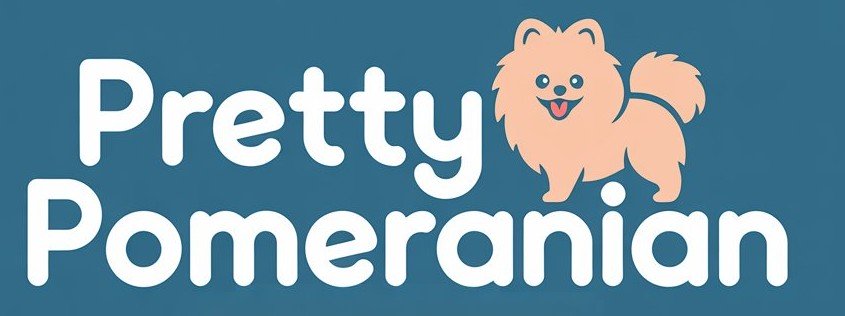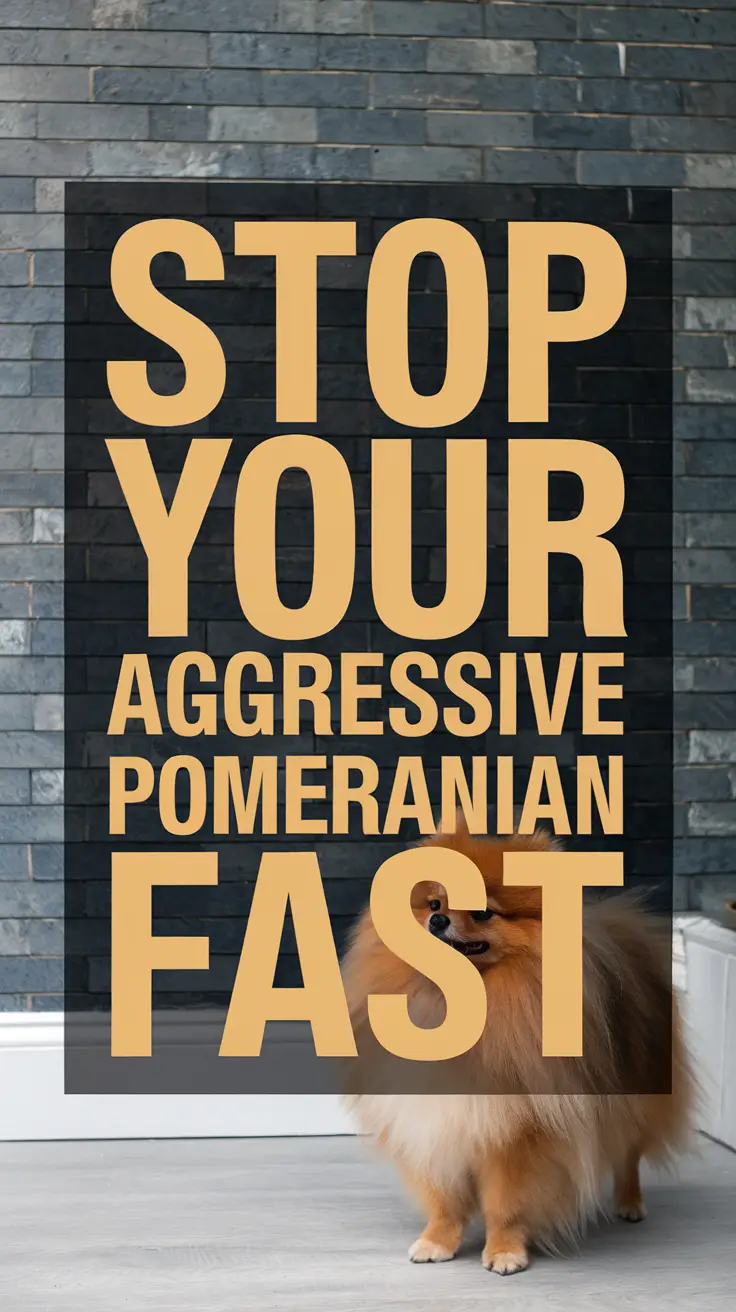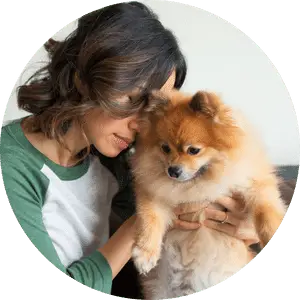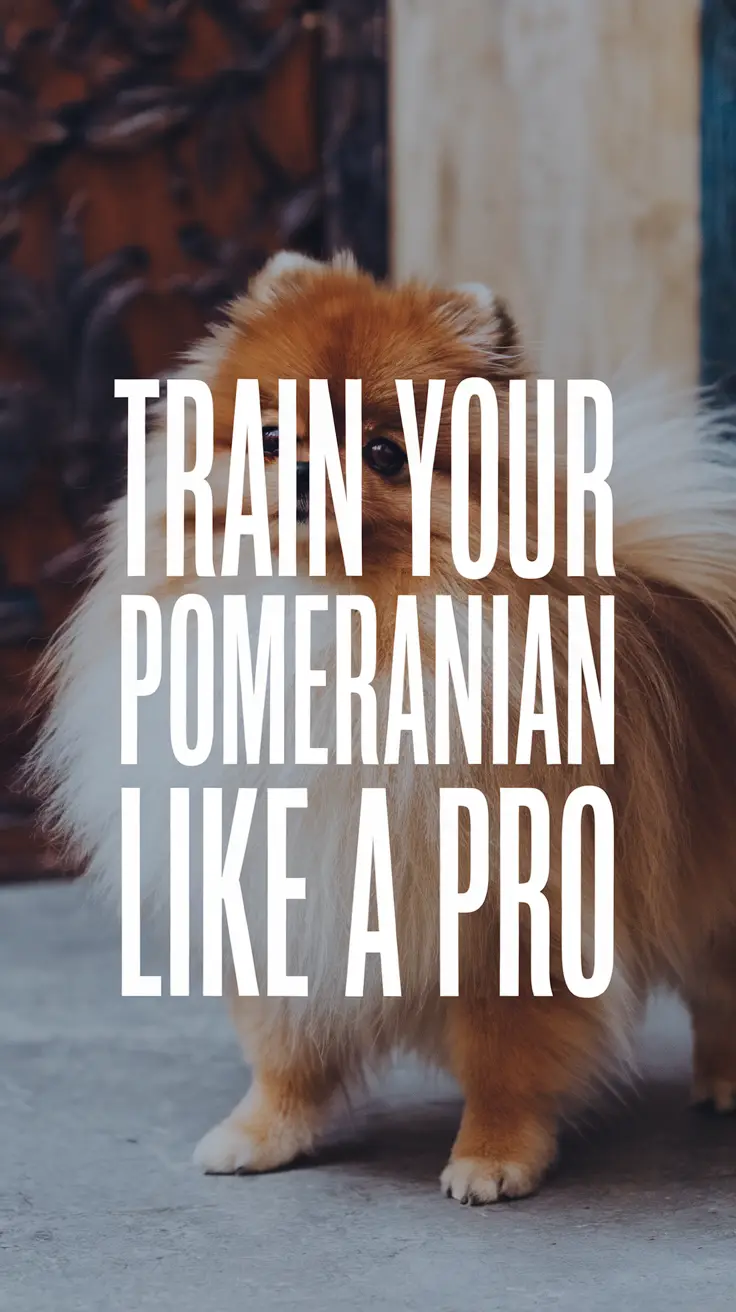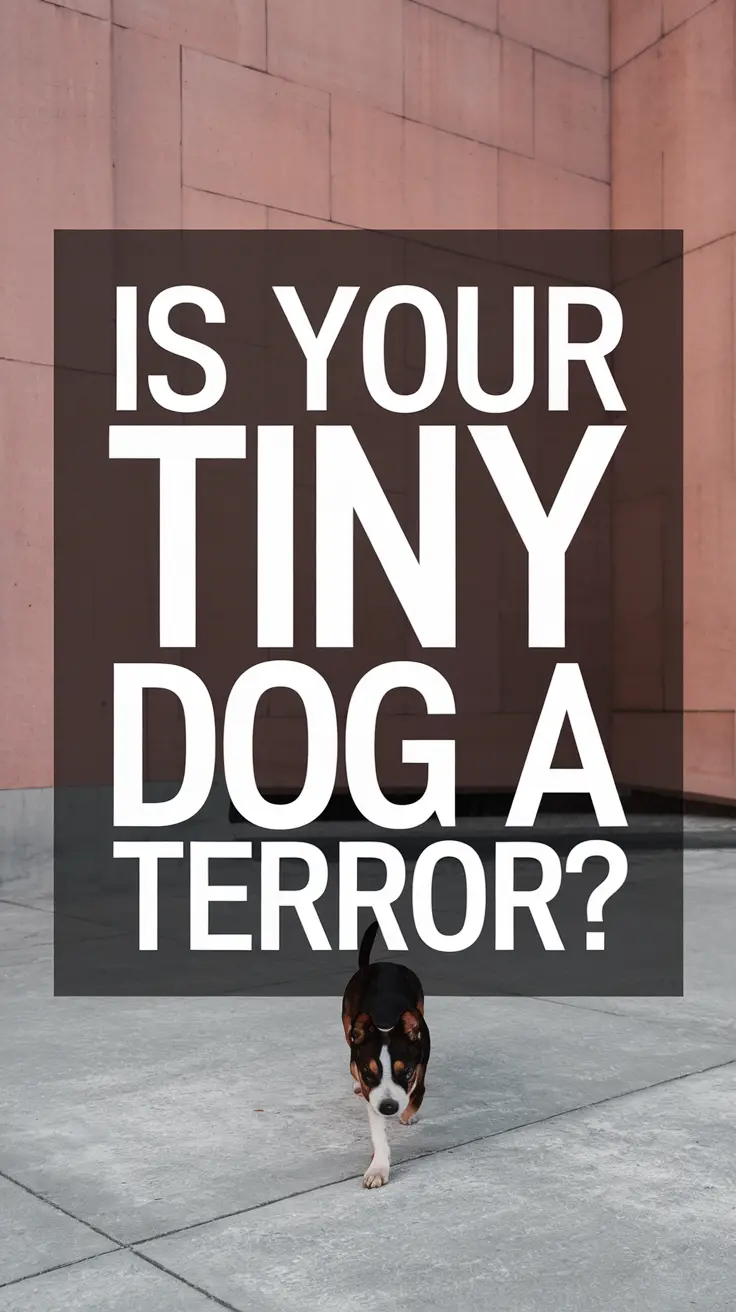You’re standing at the dog park watching your adorable Pomeranian transform from a fluffy angel into what appears to be a tiny tornado of fury every time another dog approaches. Sound familiar? Trust me, you’re not alone in this battle with your pint-sized warrior.
As someone who’s navigated this exact challenge with my Pomeranian Sash, I understand the embarrassment, frustration, and genuine concern that comes with dog aggression. The good news? This behavior is absolutely manageable with the right approach and understanding.
Quick Summary:
- Pomeranian aggression often stems from fear, territoriality, and lack of proper socialization
- Small dog syndrome and overprotective owners can worsen aggressive behaviors
- Consistent training, gradual exposure, and professional help can transform your feisty Pom into a well-socialized companion
Understanding Your Pomeranian’s Aggressive Behavior
Pomeranians weren’t always the lap dogs we know today. These little dynamos descended from large Arctic sled dogs, and that big-dog attitude is still very much alive in their 7-pound bodies. When Sash first started her aggressive displays, I made the mistake of thinking it was “cute” – until she nearly started a brawl with a Golden Retriever three times her size.
According to the American Kennel Club, Pomeranians are naturally alert and can be territorial, which often manifests as aggressive behavior toward other dogs. Dr. Patricia McConnell, a renowned animal behaviorist, notes that small dogs like Pomeranians often develop what’s called “small dog syndrome” – compensating for their size with attitude.
Common Triggers for Pomeranian Aggression
| Trigger | Description | Typical Response |
|---|---|---|
| Resource Guarding | Protecting food, toys, or owner | Snapping, growling when approached |
| Fear-Based | Feeling overwhelmed or cornered | Lunging, barking defensively |
| Territorial | Defending perceived “territory” | Aggressive posturing, charging |
| Lack of Socialization | Unfamiliarity with other dogs | Reactive behavior, excessive barking |
Why Your Pomeranian Acts Aggressive
The Napoleon Complex
Sash once cornered a German Shepherd at the vet’s office, puffing herself up like a furry pufferfish. The poor Shepherd looked genuinely confused – and honestly, so was I. This “Napoleon complex” is incredibly common in Pomeranians. They genuinely don’t realize they’re small, which can lead to them picking fights they absolutely cannot win.
Overprotection from Owners
Here’s where I have to call myself out. For months, I unconsciously reinforced Sash’s aggressive behavior by immediately picking her up whenever another dog approached. I thought I was protecting her, but I was actually teaching her that other dogs were threats worth avoiding. This overprotective response is one of the biggest contributors to ongoing aggression issues.
Insufficient Early Socialization
The critical socialization period for puppies occurs between 3-14 weeks of age. Many Pomeranian puppies miss crucial socialization opportunities because owners (understandably) worry about their tiny size around larger dogs. However, this protective instinct can backfire spectacularly later on.
Effective Strategies to Reduce Aggression
Gradual Desensitization Training
This technique saved my relationship with Sash – and probably prevented several dog park incidents. Start by exposing your Pomeranian to other dogs at a distance where they notice but don’t react aggressively. Reward calm behavior with high-value treats.
Step-by-Step Desensitization Process:
- Begin at a distance where your Pom notices other dogs but remains calm
- Reward immediately with treats and praise for non-aggressive behavior
- Gradually decrease distance over multiple sessions
- Never force interactions – let your dog set the pace
- Practice consistently, ideally daily for short 10-15 minute sessions
Proper Socialization Techniques
Professional dog trainer Sarah Wilson recommends controlled socialization experiences rather than throwing your Pomeranian into chaotic situations. I learned this the hard way when I brought Sash to a busy dog park as her first “socialization” experience – it was basically like throwing someone who’s afraid of water into the deep end of a pool.
| Good Socialization | Poor Socialization |
|---|---|
| One-on-one meetings with calm dogs | Overwhelming group situations |
| Controlled, neutral environments | Territorial spaces (dog parks) |
| Short, positive interactions | Forced, lengthy encounters |
| Matching energy levels | Pairing with overly excitable dogs |
Training Commands That Help
Teaching your Pomeranian these essential commands can redirect aggressive tendencies:
- “Look at me” – Redirects attention from triggers
- “Leave it” – Interrupts fixation on other dogs
- “Settle” – Promotes calm behavior
- “Touch” – Provides an alternative behavior to aggression
When to Seek Professional Help
Some aggressive behaviors require professional intervention. I waited too long before consulting a certified dog behaviorist for Sash, thinking I could handle everything myself. Don’t make my mistake.
Red Flag Behaviors
- Biting that breaks skin or leaves marks
- Aggression that’s escalating despite your efforts
- Fear-based aggression that’s affecting your dog’s quality of life
- Resource guarding that includes aggression toward humans
- Inability to calm down after aggressive episodes
A certified professional dog trainer or veterinary behaviorist can create a customized behavior modification plan. The investment is worth it – both for your sanity and your Pomeranian’s wellbeing.
Products and Tools That Can Help
Disclosure: I’m not affiliated with any pet product companies, but I’ll share what actually worked for Sash and me.
Training Aids
| Product Type | Pros | Cons | Best For |
|---|---|---|---|
| Head Halter | Gentle control, reduces pulling | Adjustment period required | Strong pullers during walks |
| Front-Clip Harness | Comfortable, good control | May not work for all dogs | General training and walks |
| Long Training Lead | Allows distance training | Can tangle easily | Recall and distance work |
| High-Value Treats | Motivating, portable | Can cause weight gain | All training situations |
Managing Your Own Expectations
Here’s the truth nobody talks about: transforming an aggressive Pomeranian into a social butterfly takes time, patience, and realistic expectations. Sash didn’t become dog-friendly overnight, and she’s still selective about her canine friends. That’s perfectly okay.
Some Pomeranians will never be the type to romp freely at dog parks, and that doesn’t make them failures. Success might look like walking calmly past other dogs without losing their minds, or having one or two dog friends they genuinely enjoy.
Prevention for Future Pomeranian Owners
If you’re considering adding another Pomeranian to your family, early prevention is infinitely easier than behavior modification later. Start socialization immediately after your puppy’s vaccination series is complete. Expose them to various dogs, people, sounds, and environments during that crucial early period.
The effort you invest in those first few months will pay dividends for the next 12-16 years of your Pomeranian’s life.
Dealing with an aggressive Pomeranian isn’t a reflection of your abilities as a dog owner – it’s simply a challenge that requires the right knowledge and approach. Your feisty little companion has the potential to become a well-adjusted, confident dog who can navigate the world without feeling the need to take on every Great Dane they meet. With consistency, patience, and perhaps a good sense of humor about your tiny warrior’s big personality, you’ll both come out of this stronger and more bonded than ever. After all, there’s something pretty special about a Pomeranian who’s learned that the world isn’t so scary after all.
